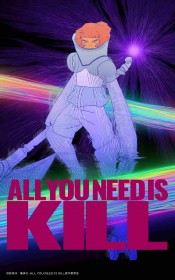INTERVIEW: Agatha Christie's Masterpiece Gets First-Ever Manga Adaptation – Young Artist Behind the Project Shares Insight: “Its Legacy Gave Me Strength”
Eighty-six years after its original publication, And Then There Were None by Agatha Christie—one of the most celebrated mystery novels of all time with over 100 million copies sold worldwide—has been adapted into manga for the very first time. With translation rights already sold to over a dozen countries, international editions are slated for release later this year.
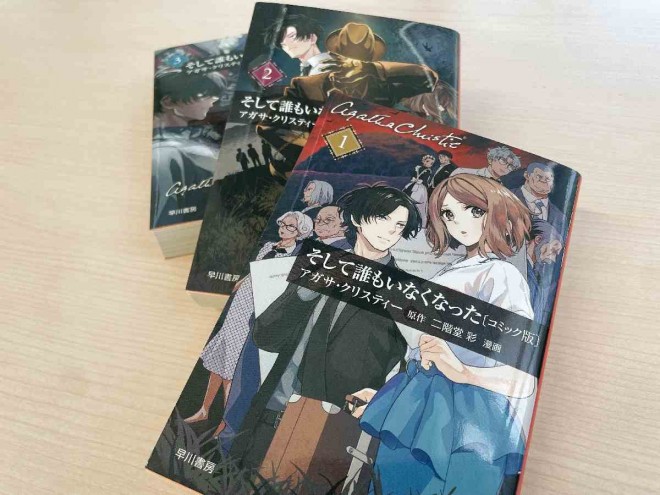
Manga adaptation of And Then There Were None (Original: Agatha Christie / Manga: Aya Nikaidō) © Hayakawa Publishing
The manga version, already generating significant attention both in Japan and overseas, was created by rising manga artist and illustrator Aya Nikaidō. We spoke with Nikaidō about the creative process behind adapting one of the world’s best-selling mysteries.
“I Absolutely Could Not Tarnish the Original” — The Pressure Behind the Manga
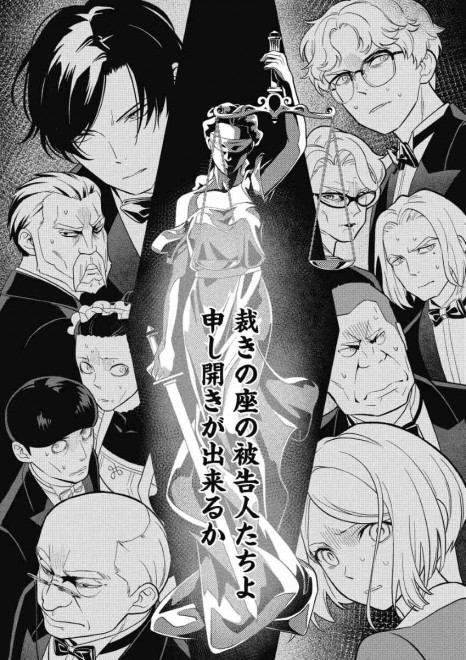
From the manga adaptation of And Then There Were None (© Hayakawa Publishing)
— Could you tell us how the manga adaptation came to be?
Nikaidō: I was first offered the opportunity after working on character designs for the Detective Poirot series from Hayakawa Junior Books. I started character sketches in 2021, and after about four years of development, the manga was finally released. Up until now, I had only worked on two short story adaptations, so this was my first attempt at a full-length novel. Naturally, I was unsure whether I could see such a massive project through to the end. That said, And Then There Were None has always been a personally meaningful work to me, which kept me motivated throughout.
— What kind of personal connection do you have with the novel?
Nikaidō: My father was an avid reader and we had a copy of the novel at home. The title alone made a huge impact on me—it was so striking, I remember thinking, “What kind of book is this?” But as a child, I was more into chasing bugs than reading, so although it intrigued me, I never actually read it. Still, the title stuck with me well into adulthood. So when I was presented with a list of possible adaptation projects and saw this title on it, I thought, “This must be fate,” and asked if I could take it on.
— What was your impression upon reading it for the first time?
Nikaidō: I had a vague idea of the plot from what my father told me as a child, excluding the identity of the killer. But when I actually read it, I had no idea who the culprit was—I got so absorbed in the story that I stopped trying to guess altogether. I read it straight through in one sitting. What impressed me most was how the clues were present from the start, yet the way the story was told never made that obvious. It’s a masterclass in misdirection, and it really drove home why this novel is considered a cornerstone of mystery fiction.
— Did you feel any pressure taking on such a globally renowned work?
Nikaidō: Absolutely. It’s a classic that predates my birth and has countless passionate fans. I couldn’t disappoint them, and I couldn’t let newcomers think, “This so-called classic isn’t that great.” More than anything, I couldn’t risk sullying the original work. In that sense, the adaptation itself had to rise to the level of a masterpiece. I knew I had to give 120% of my ability, and the stress of that actually made me physically sick! (laughs)
Source : ORICON NEWS
![[Interview] Hayakawa’s New Comic Site Hayakomi's Edge - Manga Adaptations of Global Novels like 'Flowers for Algernon](/upimg/thumb/1000/1299/img280/c9d06ca616decec1406e5cf4ac7f5b7d.jpg)
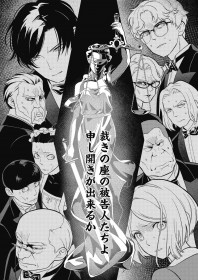
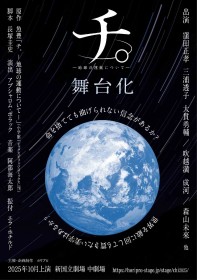
.jpg)
.jpg)
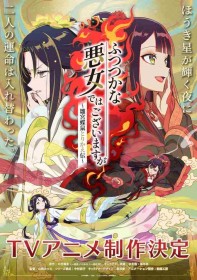
.jpg)
